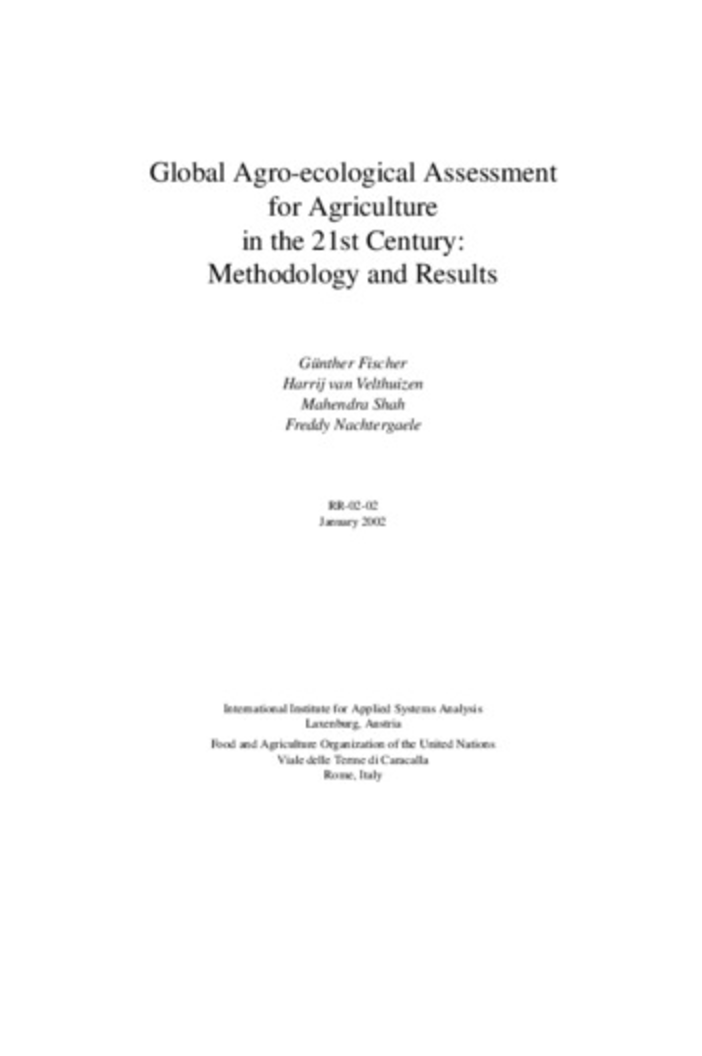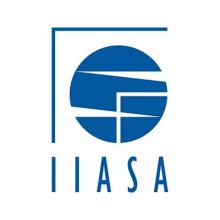Resource information
Over the past 20 years, the term "agro-ecological zones methodology," or AEZ, has become widely used. However, it has been associated with a wide range of different activities that are often related yet quite different in scope and objectives. FAO and IIASA differentiate the AEZ methodology in the following activities:
First, AEZ provides a standardized framework for the characterization of climate, soil, and terrain conditions relevant to agricultural production. In this context, the concepts of "length of growing period" and of latitudinal thermal climates have been applied in mapping activities focusing on zoning at various scales, from the subnational to the global level. Second, AEZ matching procedures are used to identify crop-specific limitations of prevailing climate, soil, and terrain resources, under assumed levels of inputs and management conditions. This part of the AEZ methodology provides estimates of maximum potential and agronomically attainable crop yields for basic land resources units. Third, AEZ provides the frame for various applications. The previous two sets of activities result in very large databases. The information contained in these data sets form the basis for a number of AEZ applications, such as quantification of land productivity, extents of land with rain-fed or irrigated cultivation potential, estimation of land's population supporting capacity, and multi-criteria optimization of the use and development of land resources.
The AEZ methodology uses a land resources inventory to assess, for specified management conditions and levels of inputs, all feasible agricultural land-use options and to quantify anticipated production of cropping activities relevant in the specific agro-ecological context. The characterization of land resources includes components of climate, soils, and land form. The recent availability of digital global databases of climatic parameters, topography, soil and terrain, and land cover ahs allowed for revisions and improvements in calculation procedures. It has also allowed the expansion of assessments of AEZ crop suitability and land productivity potentials to temperate and boreal environments. This effectively enables global coverage for assessments of agricultural potentials.
The AEZ methodologies and procedures have been extended and newly implemented to make use of these digital geographical databases, and to cope with specific characteristics of seasonal temperate and boreal climates. This report describes the methodological adaptations necessary for the global assessment and illustrates with numerous results a wide range of applications.


